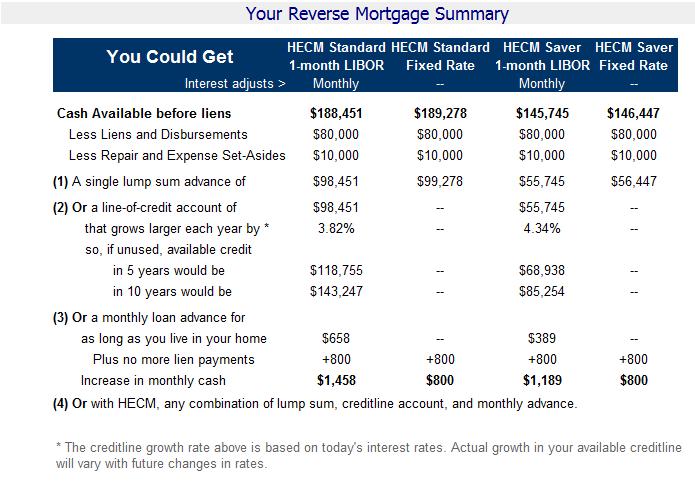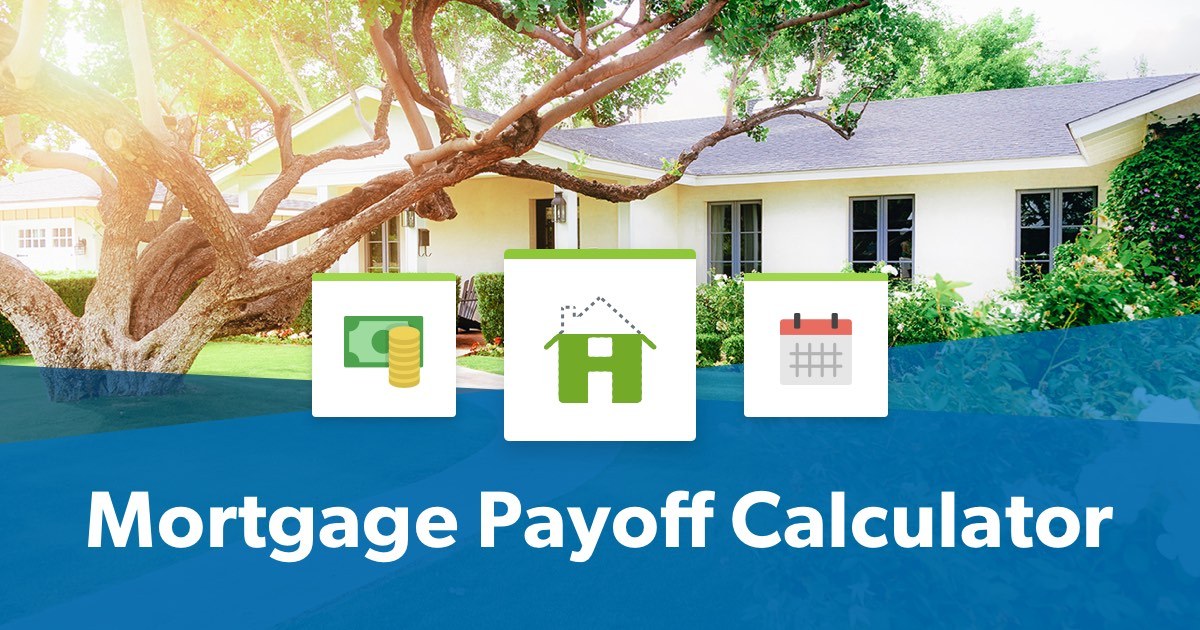Table of ContentsWhy Do Mortgages Get Sold Can Be Fun For AnyoneThe Buzz on How To Sell MortgagesSee This Report about What Is The Current Interest Rate For Commercial Mortgages?The 7-Second Trick For How Many Mortgages Can One Person HaveIndicators on How Many Mortgages In The Us You Need To Know

A home loan is most likely to be the largest, longest-term loan you'll ever take out, to buy the greatest property you'll ever own your house. The more you comprehend about how a mortgage works, the much better decision will be to pick the home mortgage that's right for you. In this guide, we will cover: A home mortgage is a loan from a bank or lending institution to help you fund the purchase of a house.
The house is utilized as "security." That implies if you break the promise to pay back at the terms established on your mortgage note, the bank can foreclose on your property. Your loan does not end up being a home loan until it is attached as a lien to your house, meaning your ownership of the house ends up being based on you paying your brand-new loan on time at the terms you consented to.
The promissory note, or "note" as it is more typically labeled, outlines how you will pay back the loan, with details including the: Rate of interest Loan quantity Regard to the loan (30 years or 15 years are typical examples) When the loan is thought about late What the principal and interest payment is.
The home mortgage essentially provides the lender the right to take ownership of the residential or commercial property and sell it if you don't make payments at the terms you accepted on the note. A lot of home loans are arrangements between two parties you and the lender. In some states, a 3rd individual, called a trustee, might be added to your home loan through a document called a deed of trust.
Some Of Why Are Mortgages So Expensive
PITI is an acronym loan providers utilize to describe the various elements that comprise your monthly mortgage payment. It represents Principal, Interest, Taxes and Insurance. In the early years of your home mortgage, interest comprises a greater part of your total payment, however as time goes on, you start paying more principal than interest up until the loan is settled.
This schedule will reveal you how your loan balance drops over time, in addition to how much principal you're paying versus interest. Property buyers have several options when it comes to selecting a mortgage, however these choices tend to fall into the following three headings. Among your first decisions is whether you want a repaired- or adjustable-rate loan.
In a fixed-rate mortgage, the rates of interest is set when you get the loan and will not alter over the life of the home loan. Fixed-rate mortgages offer stability in your mortgage payments. In an adjustable-rate home mortgage, the rate of interest you pay is connected to an index and a margin.
The index is a procedure of global interest rates. The most typically utilized are the one-year-constant-maturity Treasury securities, the Expense of Funds Index (COFI), and the London Interbank Deal Rate (LIBOR). These indexes make up the variable element of your ARM, and can increase or decrease depending upon aspects such as how the economy is doing, and whether the Federal Reserve is increasing or reducing rates.
Excitement About How Many Types Of Reverse Mortgages Are There
After your initial set rate duration ends, the loan provider will take the existing index and the margin to determine your new rate of interest. The amount will change based on the modification period you picked with your adjustable rate. with a 5/1 ARM, for example, the 5 represents the number of years your preliminary rate is repaired and won't alter, while the 1 represents how typically your rate can adjust after the set period is over so every year after the fifth year, your rate can alter based upon what the index rate is plus the margin.
That can imply substantially lower payments in the early years of your loan. Nevertheless, keep in mind that your scenario might change before the rate adjustment. If interest rates rise, the worth of your home falls or your monetary condition modifications, you might not be able to offer the home, and you might have problem paying based upon a greater rates of interest.
While the 30-year loan is frequently selected since it provides the lowest regular monthly payment, there are terms varying from 10 years to even 40 years. Rates on 30-year home loans are greater than shorter term loans like 15-year loans. Over the life of a shorter term loan like a 15-year or 10-year loan, you'll pay significantly less interest.
You'll likewise require to choose whether you want a government-backed or standard loan. These loans are insured by the federal government. FHA loans are facilitated by the Department of Housing and Urban Development (HUD). They're designed to help novice homebuyers and individuals with low earnings or little savings manage a home.
Rumored Buzz on Which Of The Following Is Not A Guarantor Of Federally Insured Mortgages?
The drawback of FHA loans is that they need an in advance mortgage insurance coverage cost and regular monthly mortgage insurance payments for all purchasers, despite your down payment. And, unlike standard loans, the home loan insurance coverage can not be canceled, unless you made at least a 10% down payment when you got the initial FHA home mortgage.
HUD has a searchable database where you can discover lending institutions in your area that offer FHA loans. The U.S. Department of Veterans Affairs offers a mortgage program for military service members and their households. The advantage of VA loans is that they might not need a down payment or home loan insurance coverage.
The United States Department of Agriculture (USDA) provides a loan program for property buyers in rural locations who fulfill specific earnings requirements. Their residential or commercial property eligibility map can give you a basic concept of qualified places. USDA loans do not require a deposit or ongoing home loan insurance, but borrowers need to pay an in advance cost, which presently stands at 1% of the purchase rate; that charge can be financed with the house loan.
A traditional mortgage is a home mortgage that isn't ensured or guaranteed by the federal government and adheres to the loan limits stated by Fannie Mae and Freddie Mac. For customers with higher credit report and stable income, conventional loans often lead to the most affordable monthly payments. Generally, conventional loans have required larger deposits than a lot of federally backed loans, however the Fannie Mae HomeReady and Freddie Mac HomePossible loan programs now offer borrowers a 3% down option which is lower than the 3.5% minimum required by FHA loans.
Some Ideas on What Is Wrong With Reverse Mortgages You Need To Know
Fannie Mae and Freddie Mac are federal government sponsored business (GSEs) that purchase and offer mortgage-backed securities. Conforming loans fulfill GSE underwriting standards and fall within their maximum loan limits. For a single-family house, the loan limitation is currently $484,350 for most houses in the adjoining states, the District of Columbia and Puerto Rico, and $726,525 for homes in greater expense areas, like Alaska, Hawaii and several U - how to sell mortgages.S.
You can search for your county's limits here. Jumbo loans might also be referred to as nonconforming loans. Put simply, jumbo loans go beyond the loan limits established by Fannie Mae and Freddie Mac. Due to their size, jumbo loans represent a greater threat for the lender, so borrowers should normally have strong credit scores and make larger down payments.
